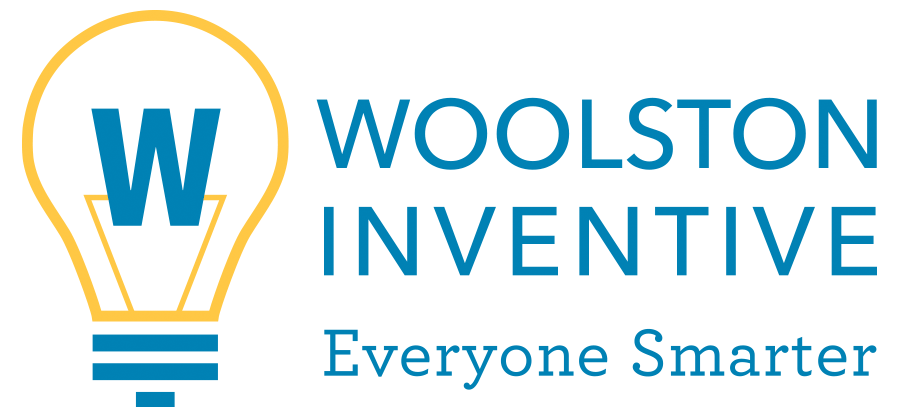Marian University: Nursing
- pjwoolston
- Dec 28, 2024
- 4 min read
Updated: Jan 7
Situation
Nursing is an incredibly competitive field for colleges and universities. Marian University had a successful Nursing program, but struggled to distinguish itself in terms of yield. They were successful in generating interest and applications, but the percentage of admitted students who enrolled at the university was not as high as they believed it could be.
Solution
We partnered directly with Nursing faculty at the university to entirely re-engineer the campus visit and build a set of recruitment tools.
We started by replacing their traditional recruitment publication. Previously they had published information on the program, highlighting faculty and facilities and pass rates for the NCLEX (the licensure exam). Like many recruitment publications, this one had very little staying power. There was nothing about it that compelled recipients to keep it. We worked with faculty to identify a knowledge gap that they were particularly adept at filling. They regularly shared with aspiring nurses a copied sheet of paper that listed “normal ranges” for adults for various things such as lab results from blood tests and vital signs. These ranges are something a nurse should know very well, and by re-branding the information from a faded master copied onto a sheet of paper to an attractive, branded card, all of a sudden the program couldn’t give out enough to meet demand!

Next we re-imagined entirely the Nursing portion of the campus visit. Students and their families would come tour campus like normal, but now the tour would end with them being dropped off at the Nursing building with the faculty. Faculty had one hour to do three things:
Tell stories: These prospective students were aspiring nurses. As such, we directed the faculty to tell them stories about their own experience as nurses and the lives they’d affected and saved. Now instead of spending an hour being “talked to” they would leave the first 10 minutes of the visit inspired and excited.
Practice in the Skills Lab: Next we took them to the Skills Lab, a half-classroom/half-hospital-room space where much of their instruction would take place. Whereas before they would have simply showed the space to their guests, now we had them demonstrate a nursing practice, a gastric intubation. They used a mannequin to describe the process of inserting a feeding tube into a patient’s throat and feeding it down to their stomach, and then (and this is the crucial part!) they guided each guest in performing the procedure! The faculty capped this part of the visit by giving each guest two things. The first thing they gave them was a card called “A Nurse’s Essential Tools” that illustrated in attractive fashion the 7 things a nurse always has on hand. One of those things is a pen light to check pupil dilation, and we branded a pen light and gave one to each guest, one of the first tools they could carry and call their own.

Practice in the Sim Lab: Finally we took them to the Simulation Lab. Almost all nursing programs have a “state-of-the-art” sim lab with animated mannequins that are wired and “mic’d up” for speech to simulate patient interactions during procedures. Rather than the typical show and tell however, we had the faculty teach them the 9 places on the human body where they could find a pulse, illustrated on the back of the card that we had just given them. We then instructed them to find a pulse on the mannequin in those spots.

As a final touch, the faculty wanted to send handwritten postcards thanking the students for visiting. Initially they wanted to send postcards with beautiful images of campus, and while that would have been lovely, we helped them level up their idea. In the interest of using every interaction to make their target population smarter, we identified yet another knowledge gap that they could effectively and beautifully fill. We published for them a postcard that illustrated the 11 organ system of the human body. Now their handwritten note had staying power because recipients would hang on to the card as a valuable and attractive reference tool

Solution
Guests to this program left the visit a better nurse, even prior to formally beginning nursing study! We had immediate positive feedback from parents and others who accompanied the actual students on the visit, because they often pulled out their phones to take pictures or video of their students participating in the visit. We received feedback regularly from the guests and those who accompanied them about how rewarding and engaging the visit was, even how entertaining it was, and how no other program anywhere was doing anything like this.
Even more importantly, we were able to quantify the results of the visit. Yield for admitted students who attended one of these visit programs was triple (3X) that of those who did not attend this visit.
Postscript
Over the course of working with this faculty and this program, we learned about an annual award that they granted to a member of the faculty: The Velveteen Rabbit award. This recognition was awarded to one of the faculty who resembled the caring qualities displayed by the character from the children’s book. We identified this as another opportunity for them, and guided them in publishing an actual bookmark complete with tassel, that described the story and the nature of the award on one side, and listed historical recipients on the other. We found willing distributors for our bookmark in school and public libraries throughout the city, and used the opportunity to share not just stacks of the bookmark, but also stacks of the book with younger programs (particularly middle schools).




